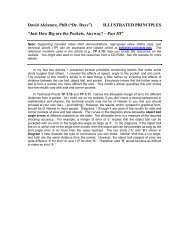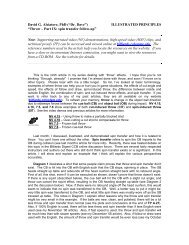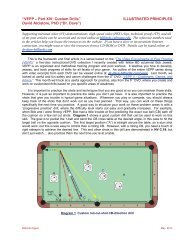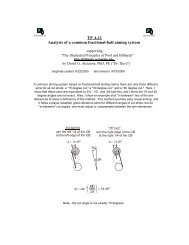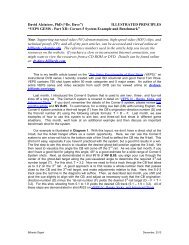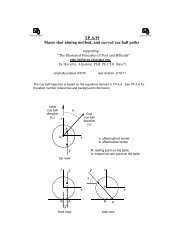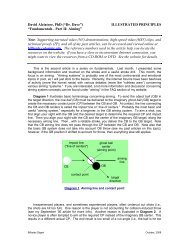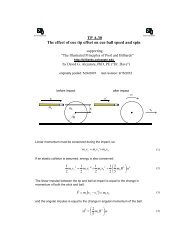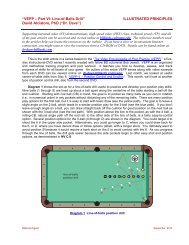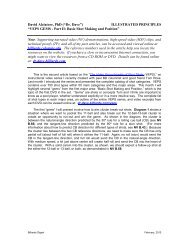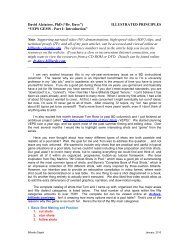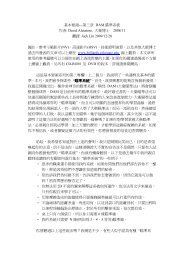Comparison of bisector-point and double-angle-bisect draw systems
Comparison of bisector-point and double-angle-bisect draw systems
Comparison of bisector-point and double-angle-bisect draw systems
You also want an ePaper? Increase the reach of your titles
YUMPU automatically turns print PDFs into web optimized ePapers that Google loves.
From the tri<strong>angle</strong> formed by C, P, <strong>and</strong> the perpendicular from P to OC,<br />
tan( β)<br />
βθd ,<br />
( )<br />
( )<br />
R⋅sin θ<br />
=<br />
d − R⋅cos θ<br />
( ) := atan2( d − R⋅cos( θ)<br />
, R⋅sin( θ)<br />
)<br />
Applying the law <strong>of</strong> sines to tri<strong>angle</strong> OGP gives:<br />
⎡⎣ ( ) ⎤⎦<br />
sin 180⋅deg − θ + β<br />
φθ, d<br />
2R ⋅<br />
( ) ⎛<br />
:= asin⎜ ⎝<br />
=<br />
sin θ β θ d , +<br />
sin( φ + β)<br />
R<br />
( ( ) ) ⎞<br />
2 ⎠<br />
−<br />
βθd ( , )<br />
The <strong>double</strong>-<strong>angle</strong>-<strong>bisect</strong> system (see Bob Jewett's October, 1995 BD article) predicts:<br />
φ ( dab θ)<br />
θ<br />
:=<br />
2<br />
Here's how the methods compare for two different CB-OB distances:<br />
d1 := 1ft ⋅<br />
d2 := 6ft ⋅<br />
θ := 0⋅deg .. 60⋅deg φ<br />
dab<br />
( θ)<br />
deg<br />
( )<br />
φθd ,<br />
1<br />
deg<br />
( )<br />
φθd ,<br />
2<br />
deg<br />
30<br />
20<br />
10<br />
0<br />
0 20 40 60<br />
So the two <strong>systems</strong> agree fairly well for small cut <strong>angle</strong> shots. There is more disagrement<br />
at bigger cut <strong>angle</strong>s, especially when the distance between the CB <strong>and</strong> OB is large.<br />
θ<br />
deg



